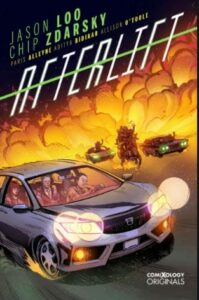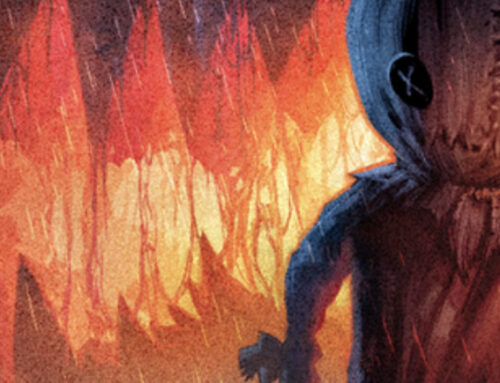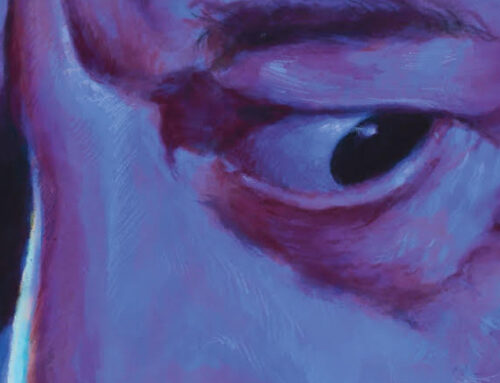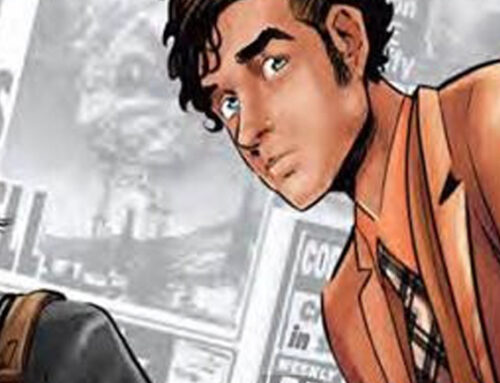If you, like me, haven’t been paying as much attention to comics and graphic novels in the past few months, you may have missed out on Afterlift, a ComiXology Original by Sex Criminals and Daredevil alum Chip Zdarsky. Luckily, thanks to a very successful run and a slew of awards including the Eisner for Best Digital Series, Afterlift was just released as a trade through Dark Horse (which you can find wherever you normally order graphic novels, including major book outlets). That means there couldn’t be a better time to hop in and enjoy the ride regardless of medium preference.
like me, haven’t been paying as much attention to comics and graphic novels in the past few months, you may have missed out on Afterlift, a ComiXology Original by Sex Criminals and Daredevil alum Chip Zdarsky. Luckily, thanks to a very successful run and a slew of awards including the Eisner for Best Digital Series, Afterlift was just released as a trade through Dark Horse (which you can find wherever you normally order graphic novels, including major book outlets). That means there couldn’t be a better time to hop in and enjoy the ride regardless of medium preference.
I’ll admit that I went into Afterlift with very tempered expectations, partially due to the hokey-sounding concept and partly because I was skeptical of ComiXology Originals as a concept. I was pleasantly surprised to find that the story is nowhere near as kitschy as I expected and that ComiXology really pulled out all the stops in terms of talent for this release.
Briefly, Afterlift is about rideshare driver Janice Chen, whose less-than-glamorous life spent navigating the gig economy is rudely interrupted by a cadre of demons out to intercept her cargo. Janice finds herself pulled across the various planes of the afterlife as she undergoes a perilous journey of self-discovery and acceptance.
It’s easy to empathize with Janice from the get-go, which makes an otherwise pretty standard narrative stand out a bit more. I should clarify– the notion of an infernal Uber service is anything but standard, but the plot beats themselves can be just a tad bit predictable and likable characters go a long way towards making those beats more satisfying.
At its core, the book is probably best described as an action-horror romp with a point to make about human belief systems and accepting your flaws. That’s all well and good, and it mostly works (more on that shortly) but the levity is what really pushed Afterlift over the top for me. There are fun gags throughout which make the book a joy to read, my favorite probably being the introduction of the demons trailing Janice, who would be a lot more intimidating if they weren’t also just a bit out of touch and often less than competent.
If I have any detraction beyond the predictable twists it’s that I wish Janice’s backstory and reason for self-loathing had been explored or developed a bit more. There’s a fair amount of thematic exploration regarding self-forgiveness and reconciling with your past, but it didn’t feel like Janice’s issues were all that wrenching, especially compared to those of her companion.
Essentially, Janice is coming to grips with the fact that she was a petulant teenager while her sister succumbed to a terminal illness– and given the context, her only visible outburst is a very understandable one. There’s some reflection about the way we use our personal traumas to form and define ourselves, and that’s all well and good, it just feels like Janice’s specific “damage” is something that would have been easily forgiven by the people around her, and likely herself, well before this point.
Finally, I’d be remiss not to discuss the art of Afterlift, supplied by Jason Loo and colored by Paris Alleyne. The book is very well illustrated– Loo does a great job capturing speed and urgency, every page is clear and snappy. The closing notes about the design work throughout and the evolution of the visual style are insightful and add to the overall experience. Loo provides distinct eastern influences throughout, especially with regards to the demon designs, and that helps keep the whole thing fresh.
All told, Afterlift is well worth the fare. While reading it I couldn’t help but feel a strange tonal similarity to the action-horror movies that proliferated the early 2010s, titles like Priest, Black Death, and Legion (not just for the angel designs, although there’s that too) punched up a bit for a modern audience. If you’re in the market for car chases, demons, and ruminations on the nature of salvation, look no further.
8 out of 10 Demonic Uber Trips







